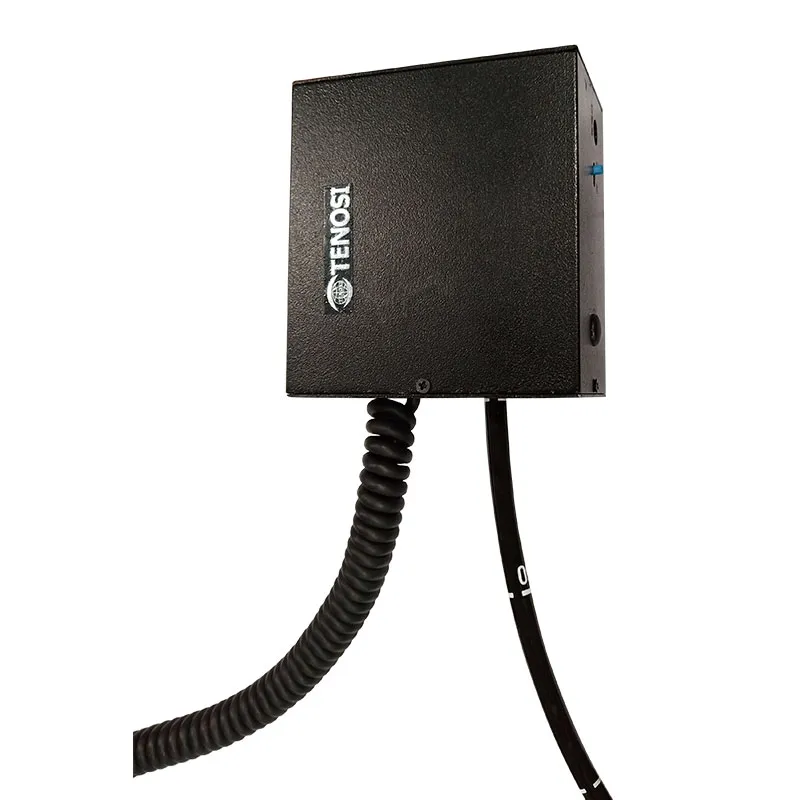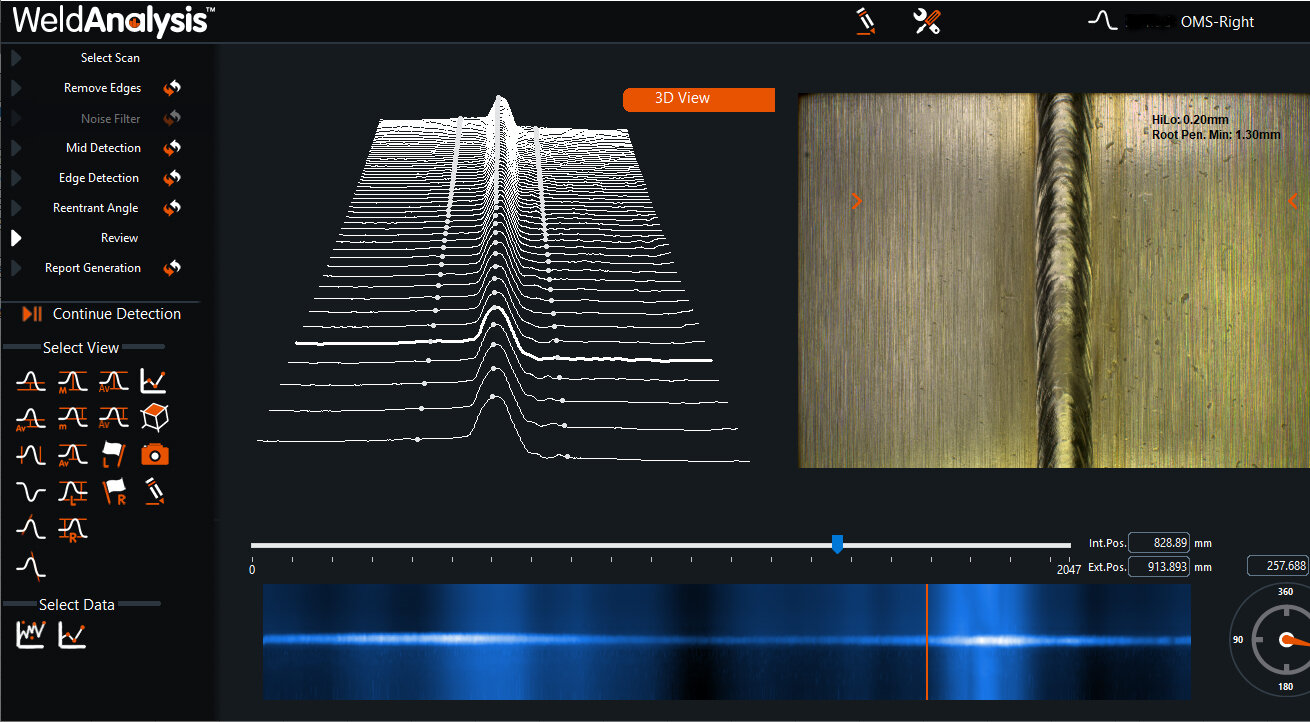Comprehensive Overview to Pipe Welding Examination: Making Sure Stability and Security in Pipeline Building And Construction and Maintenance
The integrity and safety of pipelines are extremely important in today's infrastructure landscape, emphasizing the important duty of welding examination in pipeline building and upkeep. Pipeline Welding Inspection. The complexities included in welding examination raise significant questions concerning sector requirements and the evolving modern technologies that might redefine these practices.

Relevance of Welding Assessment
Welding examination plays a crucial duty in making certain the stability and safety and security of pipeline systems. It acts as an essential process that validates the top quality and dependability of welded joints, which are commonly the most at risk factors in pipeline construction. With systematic analysis, assessors can recognize prospective issues such as cracks, porosity, and insufficient fusion, which may endanger the architectural honesty of the pipe.
The significance of welding examination expands past plain conformity with market criteria; it additionally safeguards public wellness and the environment. If failings occur, pipelines bring unsafe materials posture significant risks. Efficient assessment methods help avoid ruptures and leakages, mitigating ecological damage and protecting communities. Additionally, complete inspections can improve the longevity of pipe systems, reducing the demand for costly repair services and downtime.
Along with making certain safety and conformity, welding inspection fosters a society of high quality assurance within organizations. By prioritizing evaluation throughout the welding procedure, firms can build a track record for dependability and excellence, ultimately bring about increased consumer self-confidence and company opportunities (Pipeline Welding Inspection). Hence, the value of welding inspection can not be overemphasized in the context of pipeline building and construction and upkeep
Secret Welding Processes
Various welding processes are employed in pipeline building, each with its own advantages and applications. Amongst the most commonly utilized methods are Protected Steel Arc Welding (SMAW), Gas Tungsten Arc Welding (GTAW), and Gas Metal Arc Welding (GMAW) SMAW is favored for its flexibility and capacity to execute well in numerous ecological conditions, making it appropriate for field applications.
GTAW, often described as Tungsten Inert Gas (TIG) welding, is acknowledged for its ability to create top quality welds with exceptional control over warm input, making it ideal for thin-walled pipes and stainless-steel products. GMAW, or Steel Inert Gas (MIG) welding, uses high deposition rates and is reliable for massive tasks, often employed in the fabrication of pipelines in regulated environments.
Furthermore, Immersed Arc Welding (SAW) is used for its deep penetration and high productivity, specifically in the building of large-diameter pipelines. Each of these processes adds to the general stability and safety and security of pipe buildings, allowing welders to select the most appropriate method based upon product kind, project needs, and environmental conditions. Recognizing these crucial welding processes is essential for reliable pipeline welding evaluation.
Common Flaws and Their Impact

Porosity, defined by tiny gas pockets caught within the weld, damages the material and can result in leaks. Fractures, which might occur because of thermal anxieties or improper air conditioning, can result and circulate in structural failure under stress. Damaging, where the base metal is worn down along the weld grain, reduces the efficient cross-section of the pipe, raising the threat of fracture.
Insufficient blend takes place when the weld metal does not correctly bond with the base steel, resulting in weak locations that might fall short under tension. Slag incorporation, the entrapment of non-metallic material within the weld, can additionally damage the joint's stability. Recognizing and addressing these defects early in the building procedure is essential to ensuring the long-lasting integrity and security of pipe systems, therefore safeguarding both the facilities and the setting.
Assessment Devices and methods

Aesthetic inspection is the first line of protection, enabling assessors to identify surface abnormalities, misalignment, or various other visible defects. Ultrasonic testing employs high-frequency audio waves to spot internal imperfections, offering accurate depth dimensions and identifying defects without harming the weld. Radiographic testing makes use of X-rays or gamma rays to generate read photos of the weld, allowing the identification of inner voids, cracks, or inclusions.
Magnetic bit screening is particularly reliable for spotting surface area and near-surface stoppages in ferromagnetic products. This technique includes applying a magnetic field and great iron particles to the weld, revealing problems with the accumulation of particles at problem sites.
In enhancement to these methods, specialized tools such as automated ultrasonic testing tools and electronic radiography systems improve inspection accuracy and performance, ensuring an extensive analysis of pipeline welds throughout building and construction and maintenance.
Ideal Practices for Conformity
Sticking to ideal methods for compliance in pipeline welding inspection go to this website is essential for making certain the integrity and safety and security of the infrastructure. Organizations has to establish a detailed quality administration system that lines up with sector requirements such as ASME, API, and AWS. This includes establishing in-depth welding treatments that specify the qualifications, strategies, and materials needed for welders.
Normal training and certification of assessment workers are necessary to preserve high proficiency levels. Examiners should know with different non-destructive testing (NDT) approaches, including ultrasonic testing, radiographic testing, and aesthetic inspection, to successfully determine potential problems.
Paperwork plays an essential role in compliance; maintaining exact records of examinations, weld procedures, and workers credentials helps to ensure traceability and accountability. Scheduled audits and reviews of welding practices need to be performed to identify areas for improvement and guarantee adherence to established procedures.

Final Thought
Finally, the implementation of rigorous welding inspection methods is extremely important for making certain the honesty and safety of pipeline building and construction and upkeep. By determining problems and employing innovative inspection methods, organizations can significantly improve the high Full Article quality of welded joints. Abiding by ideal methods fosters conformity with market requirements, ultimately safeguarding public wellness and stopping environmental hazards. Continual enhancement in evaluation procedures will certainly add to the long life and reliability of pipeline systems, highlighting the essential function of welding evaluation in the sector.
The integrity and safety of pipes are extremely important in today's infrastructure landscape, emphasizing the critical role of welding evaluation in pipe construction and maintenance. Recognizing these key welding processes is crucial for reliable pipe welding inspection.
Adhering to finest methods for conformity in pipe welding inspection is vital for ensuring the integrity and security of the facilities.In verdict, the execution of strenuous welding evaluation methods is paramount for ensuring the integrity and safety of pipeline construction and maintenance. Continuous enhancement in assessment processes will contribute to the durability and dependability of pipeline systems, highlighting the crucial function of welding assessment in the market.